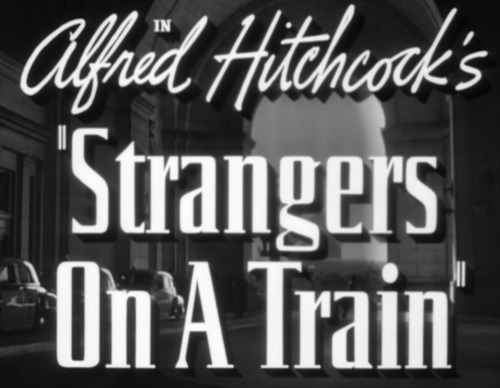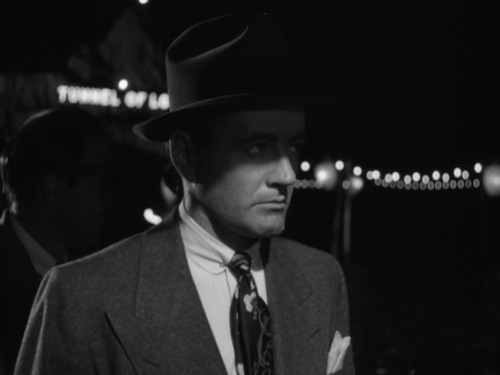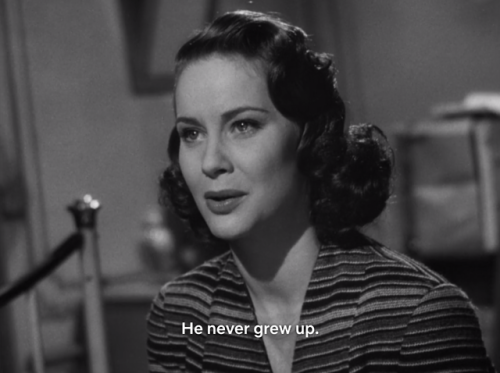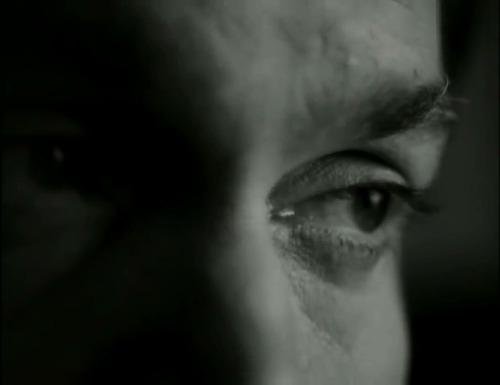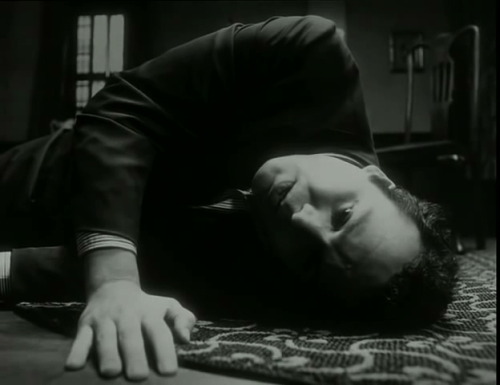#carol reed
Some Favorite Films Noir:
The Third Man (1949, Carol Reed; Orson Welles pictured)
Thieves’ Highway (1949, Jules Dassin; Lee J. Cobb and Richard Conte pictured)
Strangers on a Train (1951, Alfred Hitchcock; Robert Walker pictured)
99 River Street (1953, Phil Karlson; Evelyn Keyes and John Payne pictured)
The Big Combo (1955, Joseph H. Lewis; Jean Peters and Cornel Wilde pictured)
Post link
Why We Watch: The Third Man (1949, directed by Carol Reed)
It is doubtful that anyone will ever fully explain why this masterpiece of cinematography, atmosphere, mood, and suspense is universally regarded as a textbook example of why we go to the movies. Much of what is admirable about the works of Hitchcock, Ford, Lang, Cocteau, and Welles finds its way into this picture, yet without emerging as discrete elements or distillations of a particular style. Location shooting provides the effortless capture of time and place, rendering a mesmerizing evocation of post–World War II Austria’s sinister, melancholy, and mysterious ambience. Cinematographer Robert Krasker makes it all lovely and indelible.
Reed has his players make similar impressions, the strongest of which belongs to Orson Welles. Certainly Joseph Cotten earns our affection, but Welles steals our imagination.
Yet in terms of immediate impact, even Welles may be surpassed by some of the minor characters, a cadre of ominous European gargoyles who creep in and out of the story like fog from those storm drains Harry Lime secretly navigates. Most unforgettable is the moment when we first see Harry Lime—that brief glimpse of his impish, hand-in-the-cookie-jar smile. Some of us have the same look on our face while we watch this work of art.






